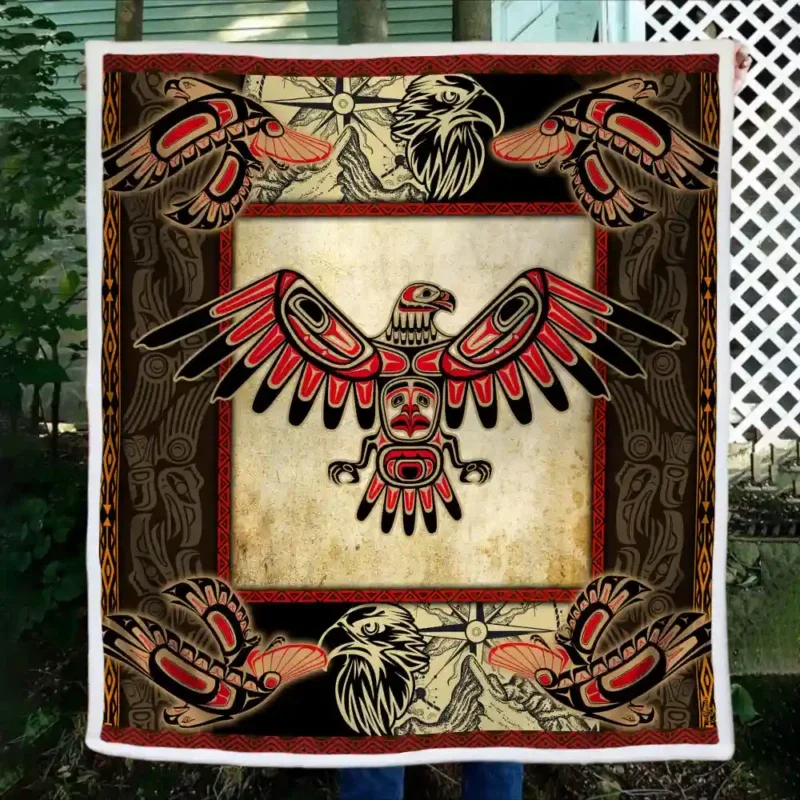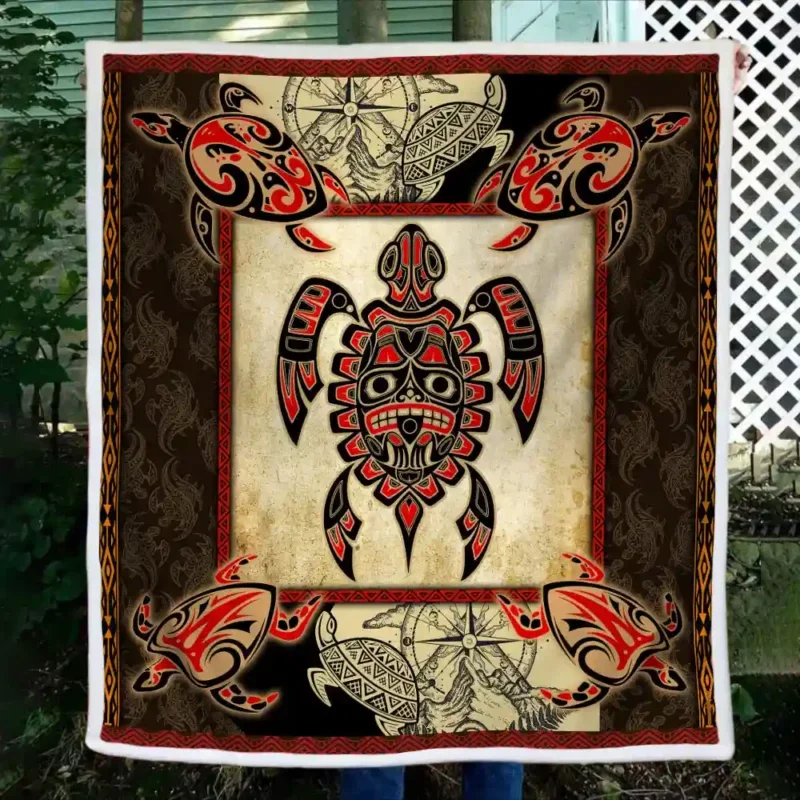The Pacific Northwest’s Native American tribes inhabited the land ranging from Alaska to California alongside the Pacific Ocean.
These tribes not only used art for pleasure but also for communication and for passing down their legends and customs. linked here
They didn’t use letters and words, so they told their tribe’s story via art, especially totem poles. Are you into Pacific Northwest Native American art?
It’s essential to study these artworks’ fundamental aspects, symbolism, and meanings before adding some exotic enchantment into your house or business.
Let’s get started!
Essential Elements Of Pacific Northwest Native American Art
First of all, let’s discover some essential elements of this art in color, shapes, and designs. Let’s scroll down!
Colors
For thousands of years, the Pacific Northwest Native American art has employed four colors: black, red, green, and blue.
The color palette combines rituals, cosmologies, and indigenous peoples of the Northwest Coast’s daily life.
The term “formline” refers to two-dimensional Pacific Northwest art components. It is the contour of the subject’s body, primarily black.
Although Native painters nowadays utilize commercial color, the black pigment was once made from charcoal, lignite coal, or graphite.
However, many Native American painters in the Pacific Northwest employ extra colors to complete their work.
Blue-green is a tertiary hue that can range in tone from pure blue to pure green and is frequently considered a filler.
Other wood sculptures don’t utilize any pigments, giving them a stained raw wood appearance.
The artists in the past often used black to paint on the wood first before carving. After, they would apply red and then any tertiary hues.
Have a look at Geembi’s Native American Blanket collection!

Shapes
Northwest Native artists used different shapes in their works of art. The standard forms include the ovoid, u-form, and s-form shapes.
Ovoid shape
Among these shapes, the ovoid is the most common.
It resembles a round rectangle with internal strain pressing the top to produce a curved surface, like a slice of bread.
The bottom of the lower part is occasionally concave. The size and dimensions of these shapes vary depending on the subject or species they represent.
Artists may use larger ovoid shapes to create a subject’s head, main joints, eyes, wings, fins, or tails. On the other hand, they may use smaller ovoids to create joints, ears, noses, eyes, or enclose faces.
U shape
The U shape looks like a thick letter U with sharp tips at the ends. The dimensions may vary, but they always share the same U form.
Bigger U-forms are employed to shape the subject’s body and provide a formline for ears or tails.
On the other hand, smaller ones can act as space fillers or bird feathers. To simulate fins or tails, artists may layer many U-forms together.
S shape
With tapered endpoints, the S shape resembles the letter S. Artists may use this shape as body parts like arms or legs or space fillers.
The artists also utilized S-forms to link a subject’s various bodily sections.
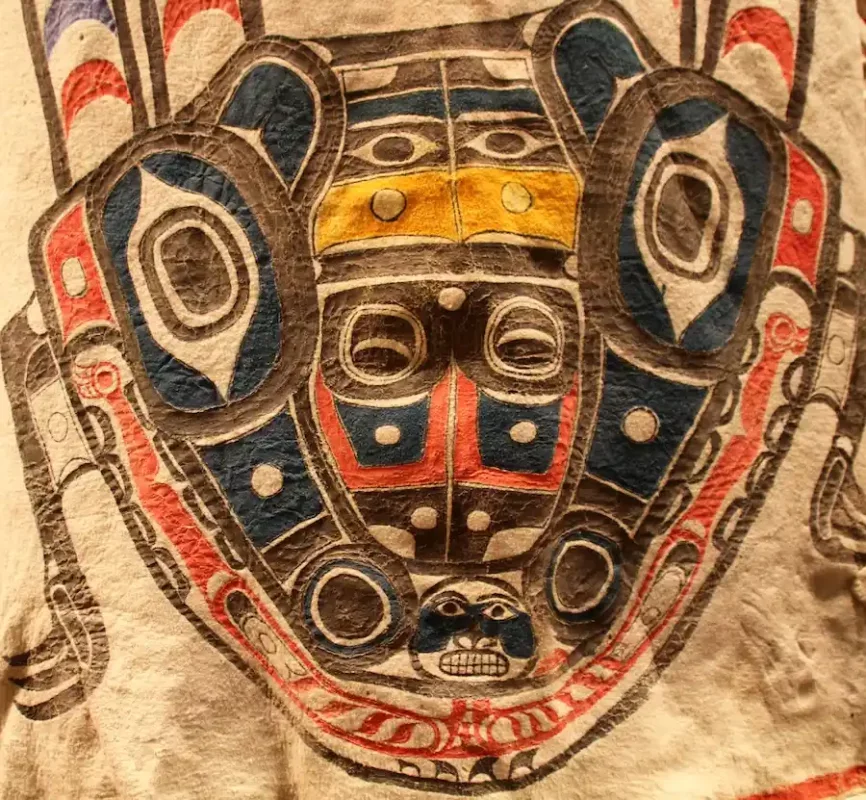
Designs
Typically, artists use formline to outline the whole body of an animal, but it is not always the case.
To illustrate the creature in a distinct profile, they may display the wing, tail, foot, or head.
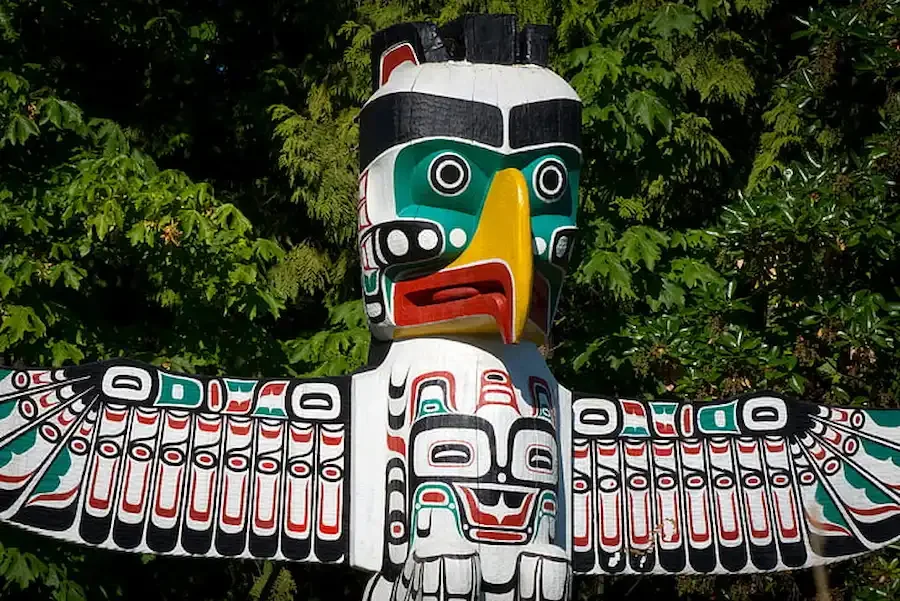
Pacific Northwest Native American Art: Symbols And Meanings
Native Americans made a variety of artifacts valued for their creative mastery and aesthetic appeal.
Below are familiar symbols and meanings used in Pacific Northwest Native American art. Let’s take a peek!
Eagle
The Native American Eagle Emblem, often referred to as “The Master of the sky,” is a powerful symbol.
People regarded this animal as the most intimate connection to the Creator. It’s God’s messenger.
The eagle conveys with the Creator by sending up prayers and messages.
When an Eagle appeared during prayer sessions, a prayer had been accepted by the Creator.
Each part of this animal has its own distinct and vital symbolism. It represents concentration, strength, tranquility, leadership, and supreme prestige.

Tlingit Raven
The Tlingit Raven is a curious and mischievous creature that performs various significance in Pacific Northwest culture.
For some Native Americans, it represents creation, change, wisdom, prestige, and nature’s intricacy and nuance of truth.
It also represents uncertainty, demonstrating that everyone recognizes life in their way.
Many Pacific Northwest Coast citizens regard it as a creator’s helper. Some think that instructions from the heavens’ Creator are hidden in Raven’s wings, given only to the people who deserve to know.
Dragonfly
The Native American Dragonfly represents charisma, enchantment, and speed. The artists also used it to symbolize dynamism, mobility, and change.
Dragonflies are symbolic of speed and movement for several Native American cultural groups.
The dragonfly’s metaphysical symbolism also illustrates the removal of any negativity that keeps individuals back, allowing them to realize their objectives and desires.
Turtle
Turtles are considered holy by Native American cultures.
In art, the turtle symbol signifies healing, spirituality, knowledge, health, safety, protection, longevity, and fertility to these tribes.
Many Native Americans believed that these animals helped construct Mother Earth by diving into the primordial waters to obtain mud.
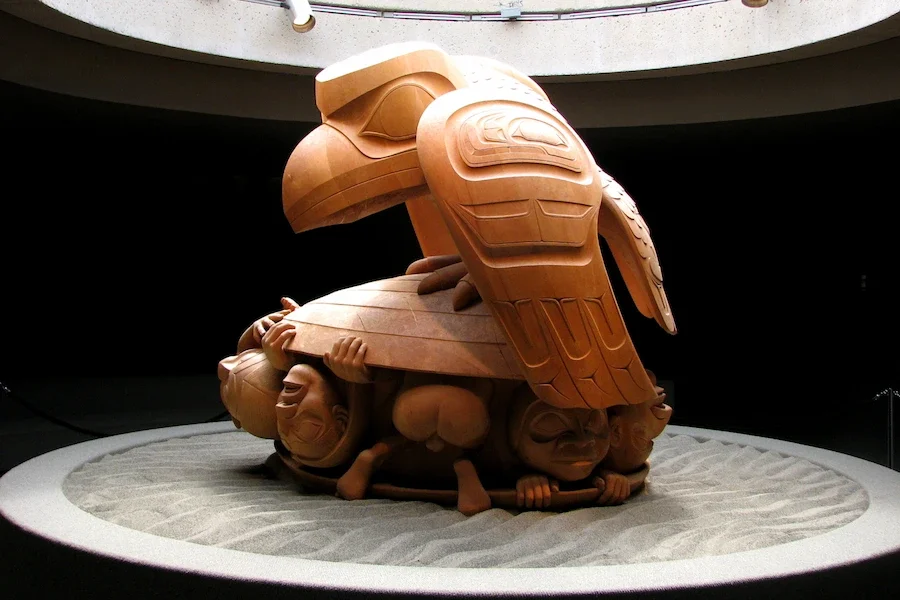
Orca
The Native Orca emblem signifies family, longevity, romance, harmony, protection, and community in Pacific Northwest American art.
Orca is also called the Lord of the Ocean or the ocean’s guardian, with otters serving as its assistants and whales serving as its warriors.
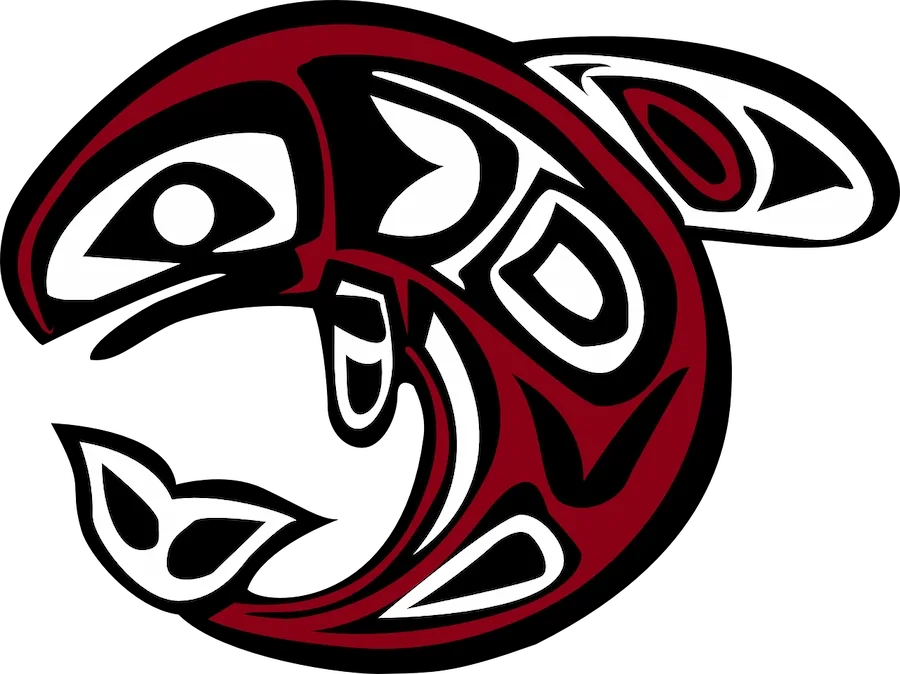
| More:
Bottom Line
The artworks of this region show the stories of these tribes, animals, mythical spirits, family crests, or totem pole replicas. Native American artists used many animal symbols to represent various meanings related to their cultures and traditions.
We hope this post has given you some Pacific Northwest Native American art ideas so you’ll get ready for the house decor or native American gift ideas for your loved ones. Thanks for reading!


